Home>Gardening & Outdoor>Garden Tools & Equipment>Where Is The Carburetor On A Lawnmower
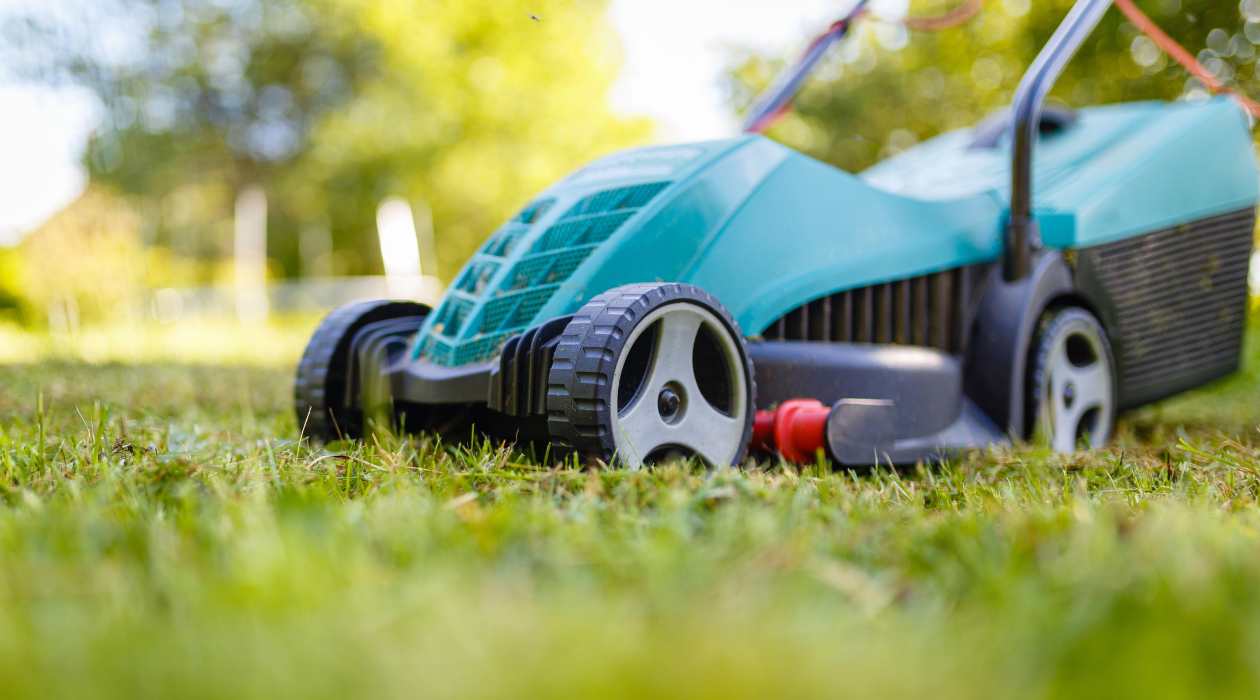

Garden Tools & Equipment
Where Is The Carburetor On A Lawnmower
Modified: February 27, 2024
Looking for the carburetor on a lawnmower? Get expert tips on maintaining garden tools and equipment for optimal performance. Learn more here!
(Many of the links in this article redirect to a specific reviewed product. Your purchase of these products through affiliate links helps to generate commission for Storables.com, at no extra cost. Learn more)
Introduction
Lawnmowers are essential tools for maintaining a well-kept and aesthetically pleasing lawn. These machines, whether powered by gas, electricity, or battery, rely on various components to function efficiently. One crucial part of a gas-powered lawnmower is the carburetor, which plays a vital role in the combustion process by mixing air and fuel in the correct proportion.
Understanding the carburetor's function and location on a lawnmower is valuable knowledge for any lawn care enthusiast. Whether you are a seasoned gardener or a novice homeowner looking to tackle lawn maintenance, familiarizing yourself with the carburetor can help troubleshoot issues and ensure the smooth operation of your lawnmower.
In this comprehensive guide, we will delve into the intricacies of lawnmower carburetors, from understanding their purpose to locating them on different types of lawnmowers. Additionally, we will explore common carburetor issues and provide insights into maintaining this critical component. By the end of this article, you will have a solid grasp of the carburetor's significance and be equipped to address potential challenges that may arise during your lawn care endeavors.
Key Takeaways:
- The carburetor on a lawnmower mixes air and fuel for combustion, influencing the engine’s performance. Understanding its function and location helps troubleshoot issues and maintain the lawnmower’s efficiency.
- Regular cleaning, adjustment, and fuel system upkeep are crucial for maintaining the carburetor. By prioritizing these tasks, lawnmower owners can prolong their machine’s lifespan and minimize potential issues.
Read more: How To Clean A Lawnmower Carburetor
Understanding the Carburetor
The carburetor is a fundamental component of a gas-powered lawnmower's engine, responsible for the proper mixing of air and fuel to facilitate combustion. This process is essential for generating the power needed to drive the lawnmower's cutting blades and propel it across the lawn.
At its core, the carburetor operates on the principle of creating a highly combustible air-fuel mixture. When the engine is running, air is drawn into the carburetor and mixed with a precise amount of fuel, resulting in a combustible blend that is then delivered to the engine's cylinders. The carburetor regulates the ratio of air to fuel to ensure optimal combustion, thereby influencing the engine's performance and overall efficiency.
One of the critical elements within the carburetor is the throttle, which controls the amount of air and fuel entering the engine. By adjusting the throttle, the operator can increase or decrease the engine's speed, subsequently influencing the power output of the lawnmower. Additionally, the carburetor incorporates various passages and jets that govern the flow and mixture of air and fuel, contributing to the precise operation of the engine.
Understanding the intricacies of the carburetor empowers lawnmower users to comprehend the significance of this component in the overall functionality of the machine. By recognizing its role in the combustion process and its influence on engine performance, individuals can develop a deeper appreciation for the inner workings of their lawnmowers.
Locating the Carburetor on a Lawnmower
Locating the carburetor on a lawnmower can vary depending on the type and model of the machine. For traditional walk-behind lawnmowers with gas-powered engines, the carburetor is typically situated near the air filter and the engine's intake manifold. It is often positioned on top of the fuel tank or at the side of the engine, easily accessible for maintenance and adjustments.
Riding lawnmowers, on the other hand, may have the carburetor positioned differently due to the layout of their engines and other components. In most cases, the carburetor can be found under the engine cover or cowl, requiring some disassembly for access. Manufacturers often provide detailed instructions in the user manual regarding the specific location of the carburetor for a particular riding lawnmower model.
When locating the carburetor, it is essential to identify the air intake and follow the air filter housing, as the carburetor is typically positioned in close proximity. Additionally, the presence of fuel lines and linkages can serve as visual cues for pinpointing the carburetor's location. While the exact placement may differ from one lawnmower to another, the general vicinity near the air intake and fuel system remains a consistent characteristic.
For individuals who are unfamiliar with the inner workings of their lawnmowers, locating the carburetor may seem daunting at first. However, with the aid of user manuals, online resources, and a basic understanding of the engine components, identifying the carburetor becomes an achievable task. Familiarizing oneself with the carburetor's location is invaluable for troubleshooting and performing routine maintenance to uphold the lawnmower's optimal functionality.
The carburetor on a lawnmower is usually located near the air filter, on the side of the engine. It is responsible for mixing air and fuel for the engine. If you need to clean or adjust it, consult your lawnmower’s manual for specific instructions.
Identifying Carburetor Issues
Carburetor issues can manifest in various ways, affecting the performance and functionality of a lawnmower. Recognizing common symptoms associated with carburetor problems is essential for diagnosing and addressing issues effectively.
One prevalent sign of carburetor issues is difficulty starting the lawnmower. If the engine struggles to start or requires multiple attempts before running smoothly, the carburetor may be experiencing problems with fuel delivery or the air-fuel mixture. Additionally, irregular engine idling or stalling during operation can indicate underlying carburetor issues, often stemming from improper fuel and air regulation within the carburetor.
Another evident indicator of carburetor issues is erratic engine performance. This may include surging or uneven power output during mowing, signifying an imbalance in the air-fuel mixture supplied to the engine. Furthermore, black or blue smoke emitting from the lawnmower's exhaust could point to a rich fuel mixture, potentially linked to carburetor malfunctions.
Understanding these symptoms can aid in diagnosing carburetor issues and initiating the necessary repairs or adjustments. In some cases, cleaning the carburetor and adjusting its settings can rectify minor issues related to fuel and air regulation. However, more complex problems, such as damaged internal components or significant wear, may require professional inspection and potential carburetor replacement.
Regular maintenance and adherence to manufacturer-recommended servicing intervals can mitigate the likelihood of carburetor issues. This includes cleaning or replacing air filters, inspecting fuel lines for blockages or leaks, and utilizing high-quality fuel to prevent carburetor contamination. By proactively addressing maintenance needs, lawnmower owners can minimize the occurrence of carburetor-related complications and uphold the machine's reliability.
Maintaining the Carburetor
Proper maintenance of the carburetor is paramount to ensure the consistent performance and longevity of a lawnmower. By incorporating routine care and inspection of the carburetor, lawnmower owners can uphold its functionality and mitigate potential issues that may arise over time.
Regular cleaning of the carburetor is a fundamental aspect of maintenance, particularly in environments where dust, debris, and other contaminants are prevalent. Before initiating any maintenance tasks, it is crucial to disconnect the spark plug to prevent accidental engine ignition. Once the carburetor is accessible, removing it for thorough cleaning allows for the elimination of accumulated dirt, varnish, and residue that can impede its operation.
Inspecting and cleaning the various components of the carburetor, including the float bowl, jets, and passages, is essential to ensure unobstructed fuel flow and proper air-fuel mixture regulation. Utilizing carburetor cleaner and compressed air facilitates the removal of stubborn deposits and blockages, restoring the carburetor's efficiency.
In addition to cleaning, adjusting the carburetor settings can optimize its performance and address any deviations in the air-fuel mixture. This may involve fine-tuning the idle speed, fuel mixture richness, and throttle linkage to align with the manufacturer's specifications. Careful calibration of these settings contributes to smooth engine operation and efficient fuel consumption.
Furthermore, incorporating fuel system maintenance, such as periodically draining the fuel tank and inspecting the fuel filter, prevents fuel contamination and blockages that can affect the carburetor's functionality. Using high-quality fuel and additives designed to maintain fuel system cleanliness further safeguards the carburetor against detrimental deposits and varnish buildup.
Regularly servicing the air filter, replacing worn gaskets and seals, and ensuring the integrity of fuel lines and connections are integral components of comprehensive carburetor maintenance. By prioritizing these tasks and adhering to a structured maintenance schedule, lawnmower owners can optimize the carburetor's performance and uphold the overall reliability of their machines.
Read more: Where To Get Lawnmower Blades Sharpened
Conclusion
Understanding the significance of the carburetor in a lawnmower’s operation is pivotal for maintaining the machine’s efficiency and addressing potential issues. The carburetor’s role in regulating the air-fuel mixture directly influences the engine’s performance, making it a critical component for lawn care enthusiasts and professionals alike.
By familiarizing oneself with the carburetor’s function and location on different types of lawnmowers, individuals can confidently navigate maintenance tasks and troubleshoot potential issues. Whether it involves identifying symptoms of carburetor malfunctions or performing routine cleaning and adjustments, a comprehensive understanding of the carburetor empowers users to uphold their lawnmowers’ optimal functionality.
Maintaining the carburetor through regular cleaning, adjustment, and fuel system upkeep is essential for mitigating potential issues and ensuring consistent performance. By integrating these maintenance practices into a structured servicing schedule, lawnmower owners can prolong the lifespan of their machines and minimize the likelihood of carburetor-related complications.
In conclusion, the carburetor stands as a vital component within the realm of lawnmower maintenance, warranting attention and care to preserve the machine’s reliability. Armed with knowledge about the carburetor’s function, location, and maintenance requirements, individuals can embark on their lawn care endeavors with confidence, knowing they possess the expertise to address and prevent carburetor-related challenges.
Ultimately, a well-maintained carburetor contributes to the seamless operation of a lawnmower, allowing users to achieve pristine and manicured lawns with ease and efficiency.
Frequently Asked Questions about Where Is The Carburetor On A Lawnmower
Was this page helpful?
At Storables.com, we guarantee accurate and reliable information. Our content, validated by Expert Board Contributors, is crafted following stringent Editorial Policies. We're committed to providing you with well-researched, expert-backed insights for all your informational needs.
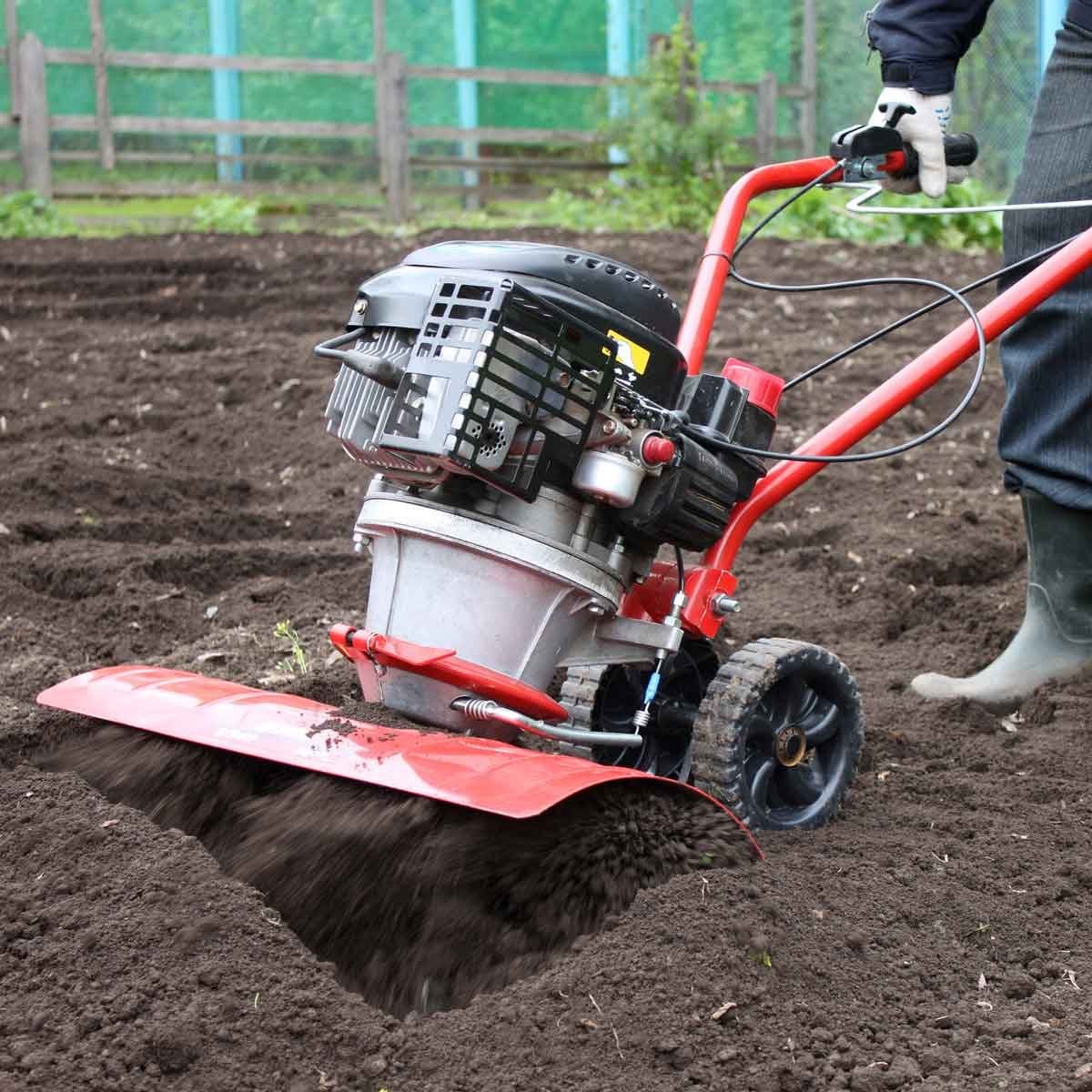
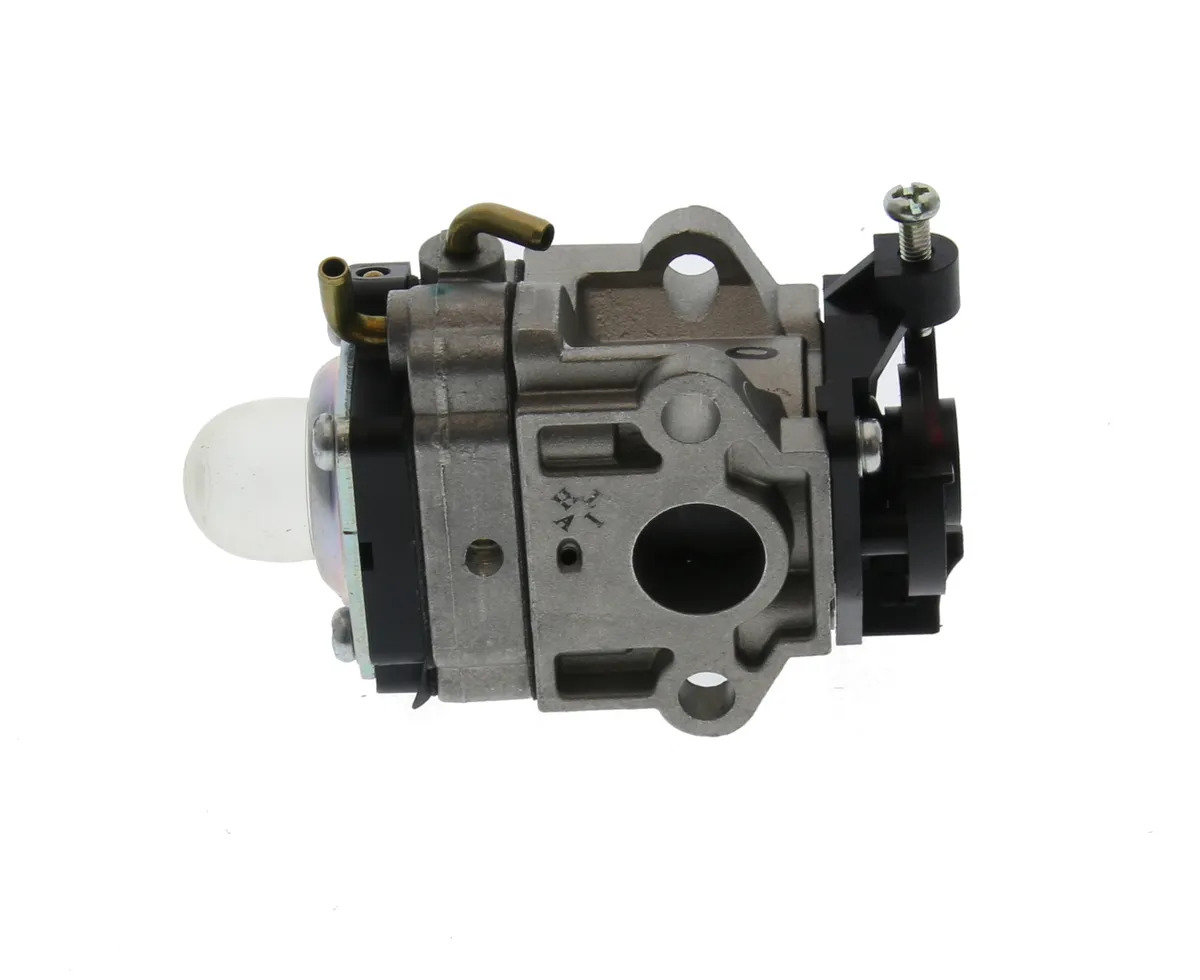
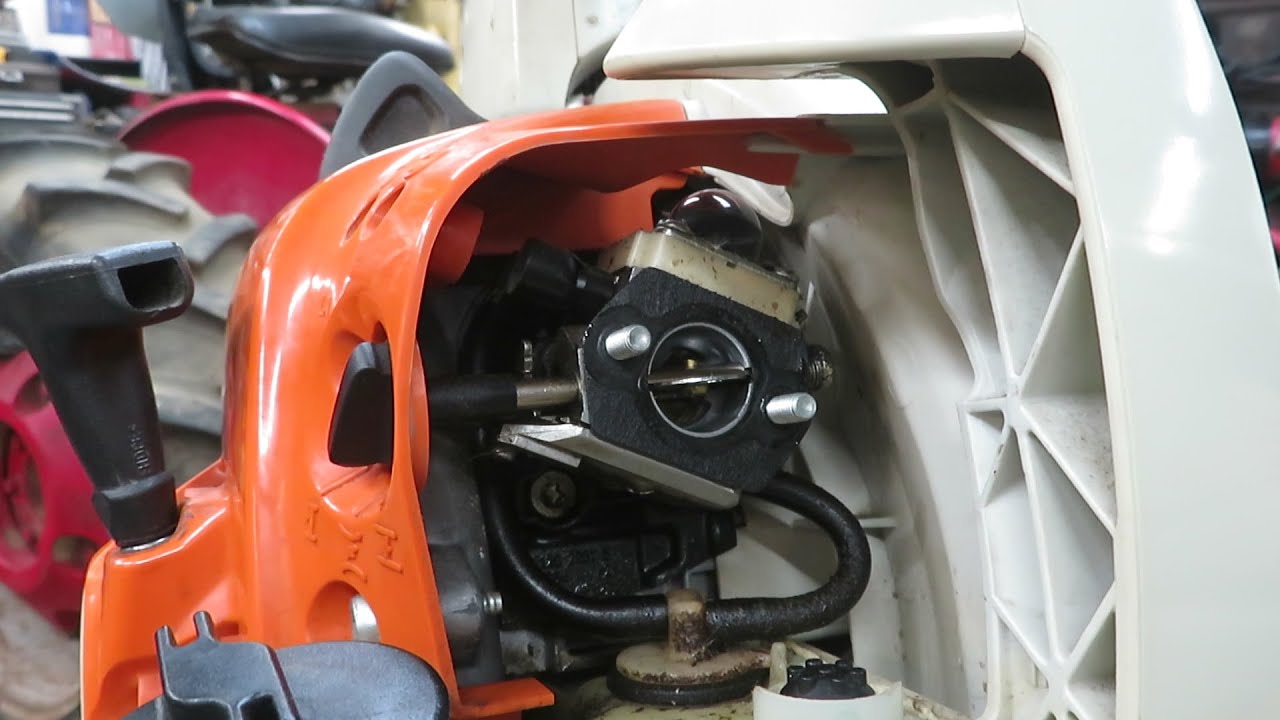
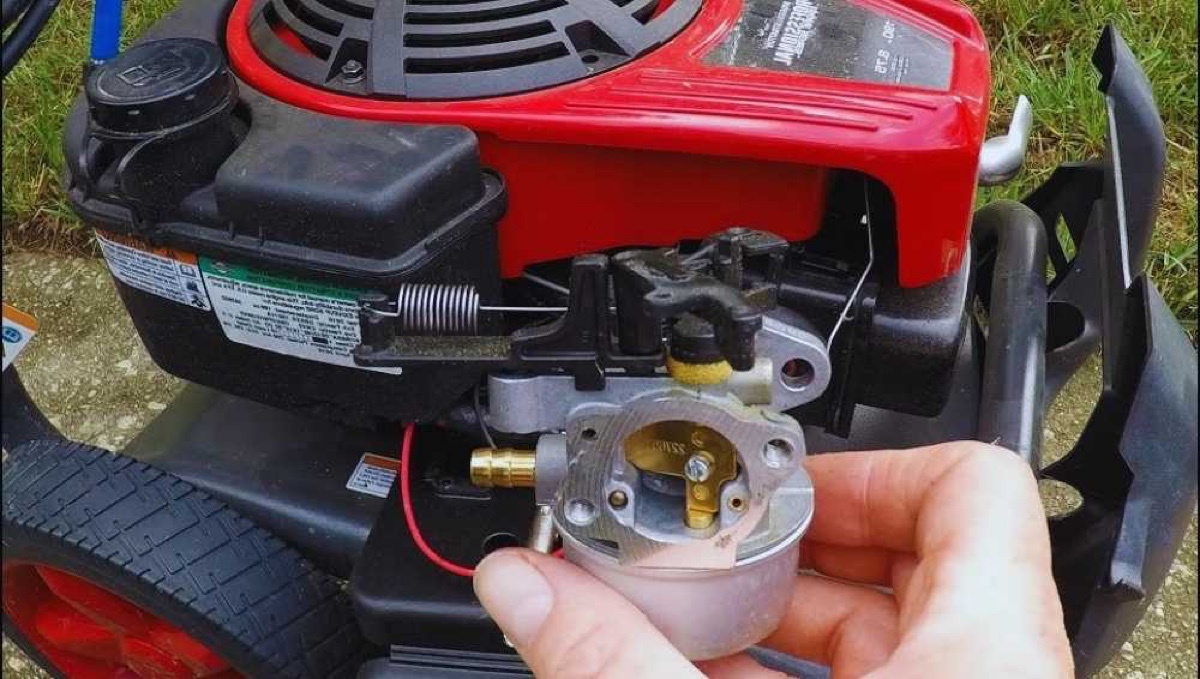
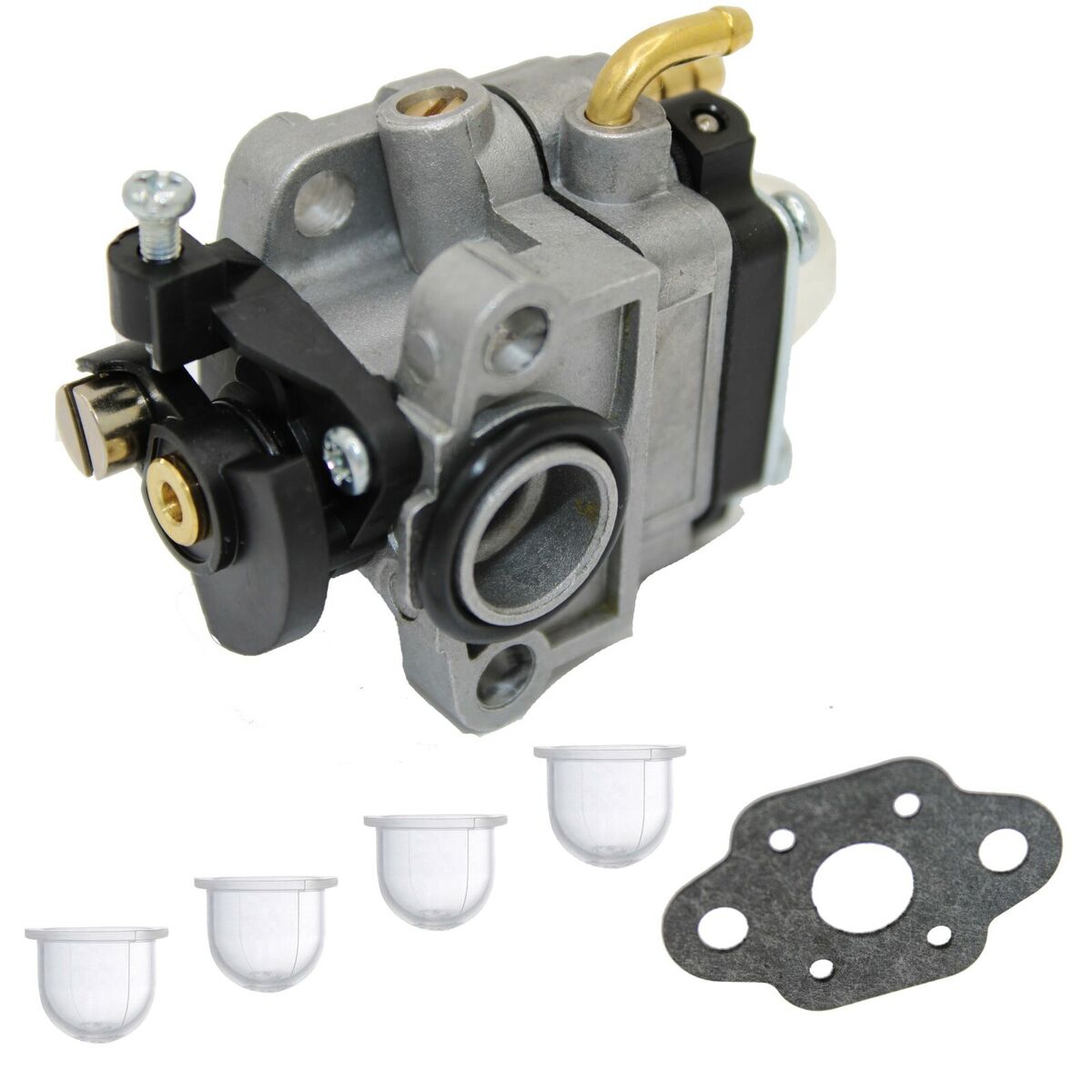


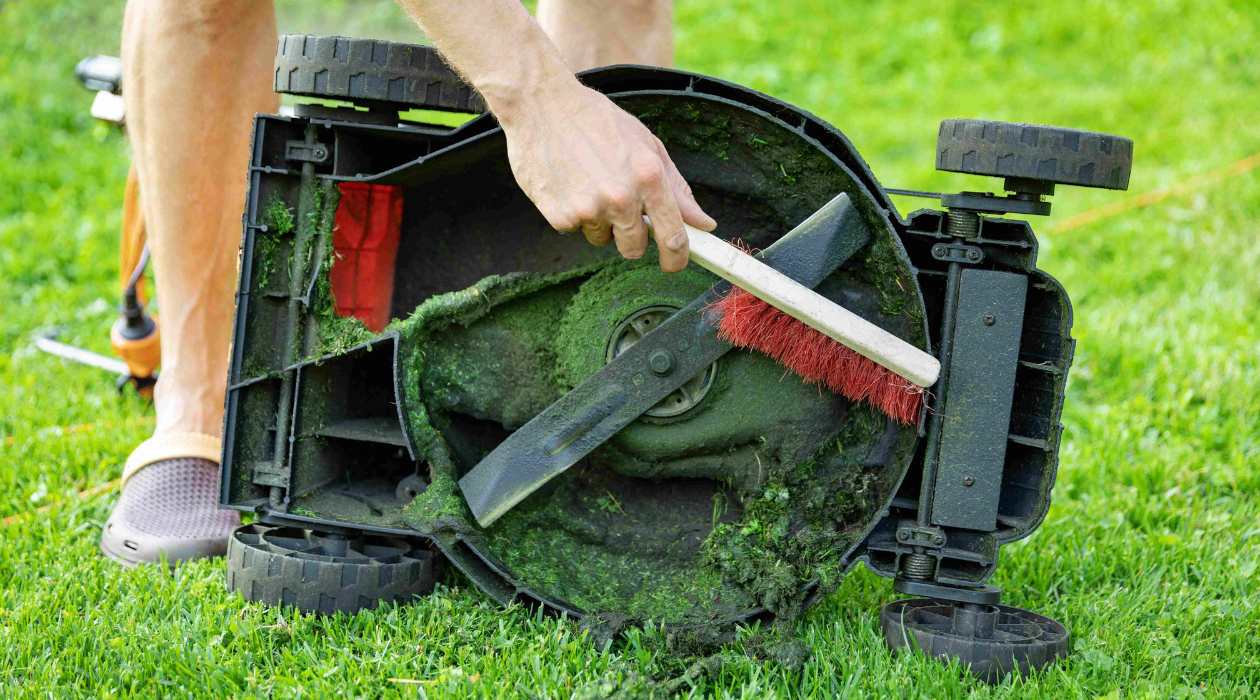
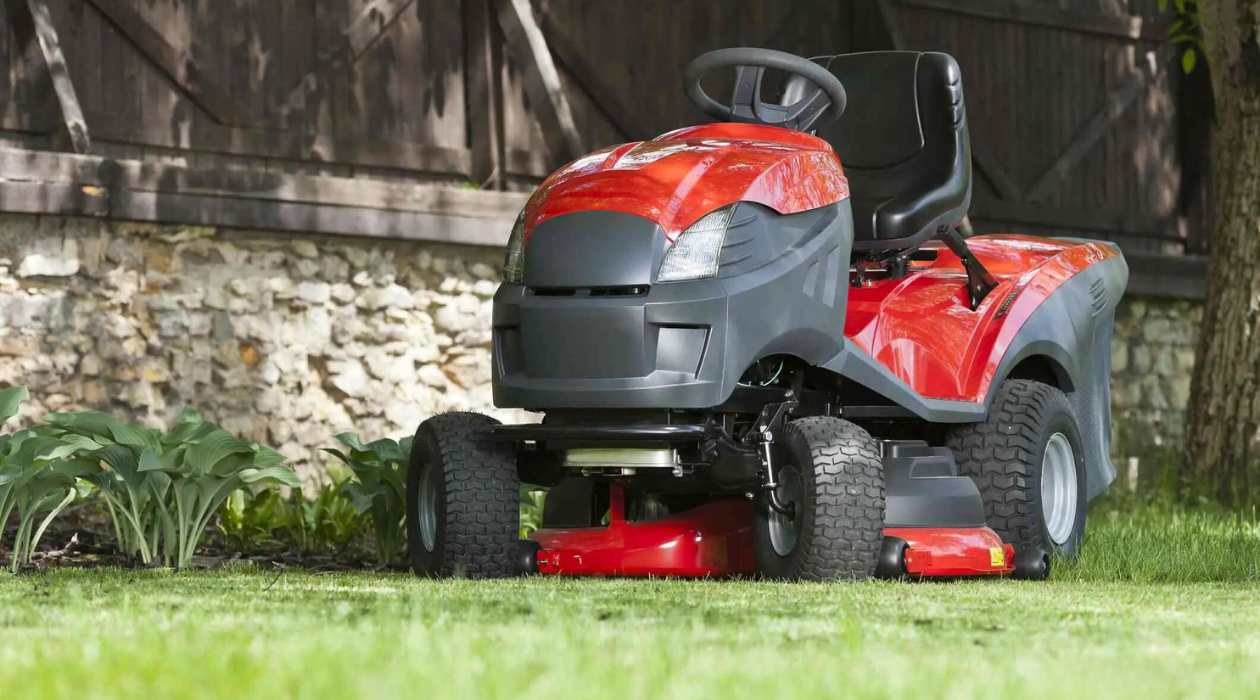
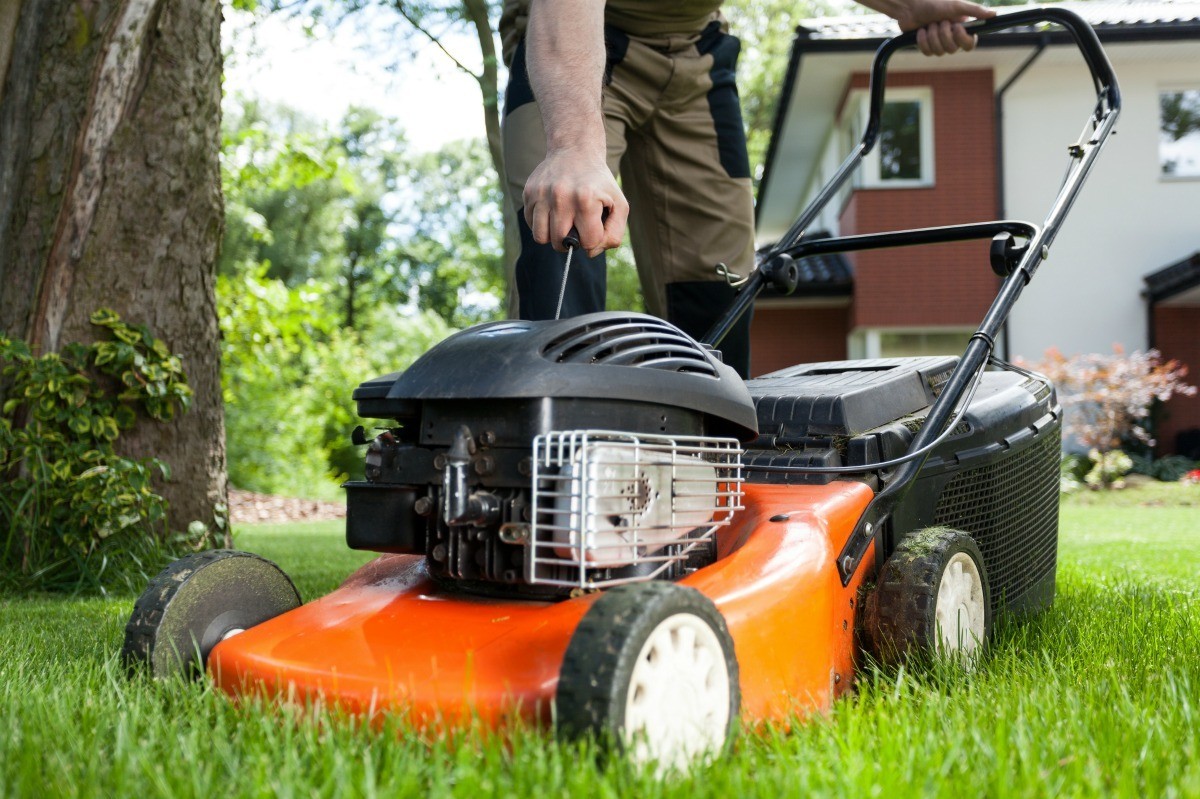


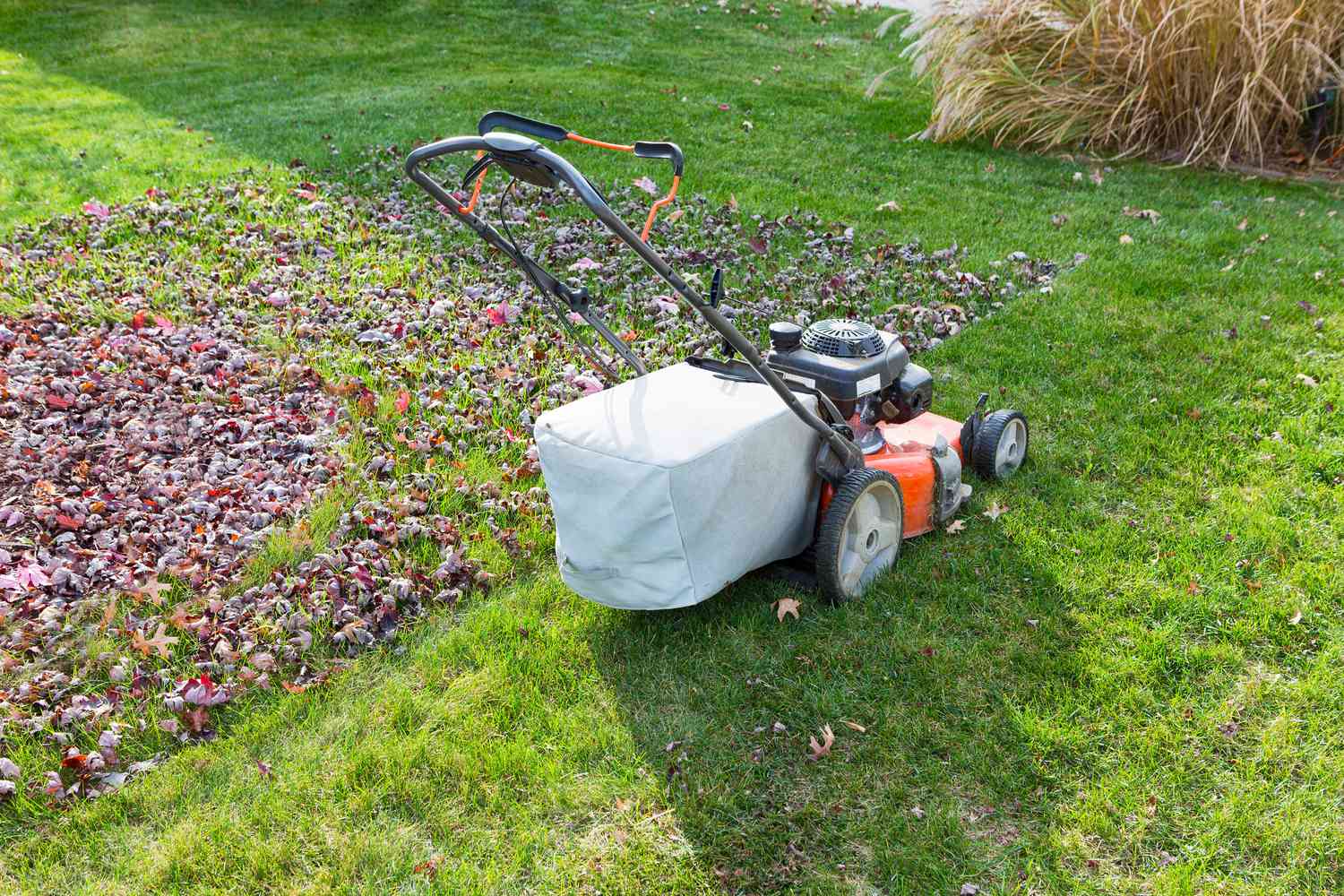
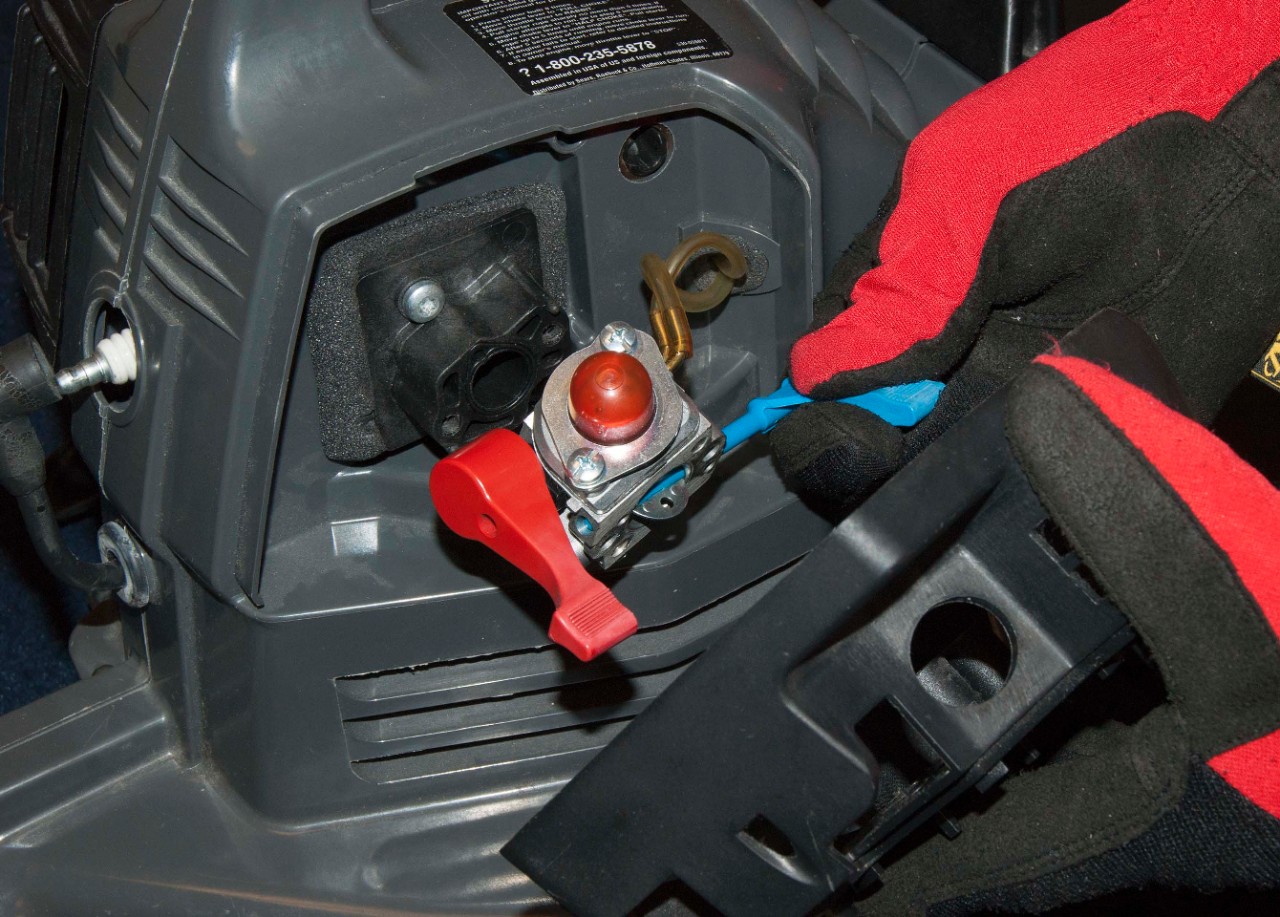

0 thoughts on “Where Is The Carburetor On A Lawnmower”